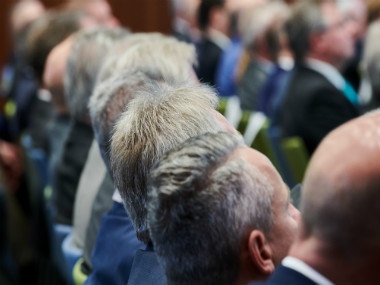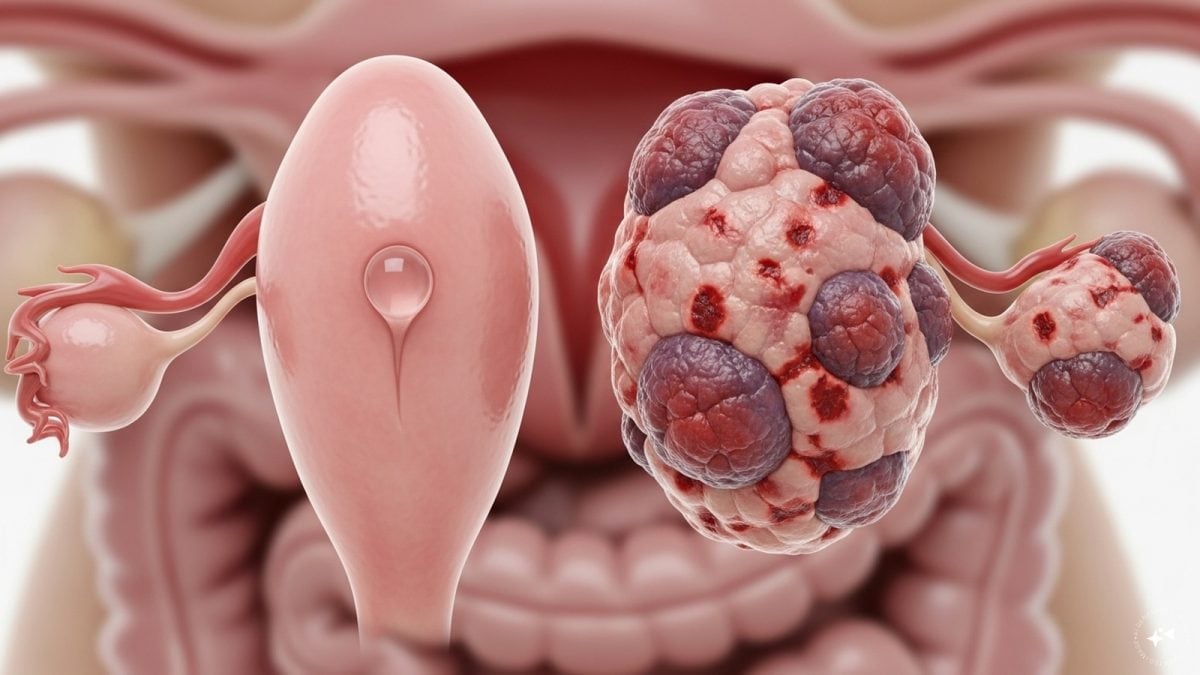There’s a good chance that half your hair will turn grey by the time you are 50-years-old. Greying of hair is a physiological phenomenon, and the rule of thumb here is that by the age of 50, 50% of the population will have at least 50% grey hair. If, however, greying starts before the age of 20 in Caucasians, before 25 in Asians, and before 30 in Africans, it is known as premature greying. Clinically, premature greying of hair is known as premature canities. [caption id=“attachment_7512581” align=“alignleft” width=“380”]  Representational image. Image source: Getty Images.[/caption] Premature canities is a major cause of low self-esteem in young people.
How does hair get its colour?
Hair gets its colour from natural pigments in the body called melanin. Melanin is made by melanocytes which are specialized pigment cells that position themselves at the openings of the skin’s surface (follicles) through which hair grows. Human hair follicles can contain one of two types of melanin: the black-brown pigment called eumelanin, which is mainly present in black and brown hair, and the yellow or red pigment called pheomelanin, which is present in auburn and blonde hair.
What causes premature greying of hair?
Dr Desmond Tobin, professor of cell biology at the University of Bradford in England, suggests that with growing age, the melanocyte activity slows down or stops, thus decreasing the pigment our hair receives which causes greying of hair. Though there isn’t enough research to tell us exactly what causes premature greying of hair, we do know about some conditions associated with it:
- Vitamin B12 deficiency
- Hypothyroidism
- Genetic factors
- Pernicious anaemia: low haemoglobin due to deficiency of vitamin B12
- Chronic protein loss due to kwashiorkor, celiac disease, and other malabsorption disorders
- Iron and copper deficiency
- Stress
- Vitiligo
- Administration of certain drugs, including chloroquine (used for malaria), mephenesin (a muscle relaxant), phenylthiourea (used in DNA testing), triparanol (used to reduce cholesterol), fluorobutyrophenone and dixyrazine (used to treat various psychiatric disorders)
- Use of some medicated oils
- Topically applied agents used to treat chronic plaque psoriasis, like dithranol, chrysarobin, resorcinol
- Book’s syndrome: a type of disease affecting the skin, sweat glands, hair, nails, teeth and mucous membranes
- Down syndrome: a genetic disorder
- Werner’s syndrome: a genetic disease involving skin changes, juvenile cataracts, short stature, and signs of premature ageing
How can it be diagnosed?
The diagnosis of premature canities is primarily clinical. A doctor may advise tests to check the levels of vitamin B12 and folic acid or a thyroid profile in young people who don’t have a family history of premature greying.
What is the clinical presentation?
- In men, greying usually begins at the temples and in the sideburns. Later it spreads to the entire scalp, affecting the occiput (back of the head) last.
- Women usually start greying around the perimeter of the hairline
- Studies have reported temporal (the temple region of head) and occipital (back of the head) areas to be more commonly involved in greying in men than in women.
How can it be treated?
Despite all the research, the cause of canities remains far from clear and no effective therapy is available. Still, some treatments have worked in select cases:
- Doctors may prescribe vitamin B supplements and thyroxine tablets to people with vitamin B deficiency and hypothyroidism, to prevent further greying.
- Cinnamidopropyltrimonium chloride, a UV absorber, in the shampoo can provide photoprotection (from the sun) to the hair.
- Solid lipid nanoparticles of UV blockers have been developed for use on skin and hair which provide photoprotection by reacting and scattering ultraviolet radiation (UVR) on its own.
- Topical anti-ageing compounds like green tea polyphenols, selenium, copper, phytoestrogens and melatonin can also be used to decrease the intensity of greying.
- Use of hormonal anti-ageing protocols containing recombinant human growth hormone has resulted in the improvement of hair thickness, hair growth, and in some cases, darkening of hair in some patients.
- Liposomal delivery of melanin into hair follicles has resulted in a temporary darkening of hair follicles in some people. Liposomes are used to deliver microscopic substances such as drugs or DNA to the cells of the body. They can restore hair colour via molecular and gene therapy.
- A new type of compound comprising plastoquinone (an antioxidant moiety) targets mitochondria and acts as a rechargeable antioxidant. It has been shown to inhibit the development of age-related diseases and traits such as cataract, retinopathy, glaucoma, balding, canities, and osteoporosis in animals. It is still undergoing research and hasn’t been tried on humans.
Health articles in Firstpost are written by myUpchar.com, India’s first and biggest resource for verified medical information. At myUpchar, researchers and journalists work with doctors to bring you information on all things health. For more information, read our article on Melanin Deficiency_._


)

)
)
)
)
)
)
)
)



